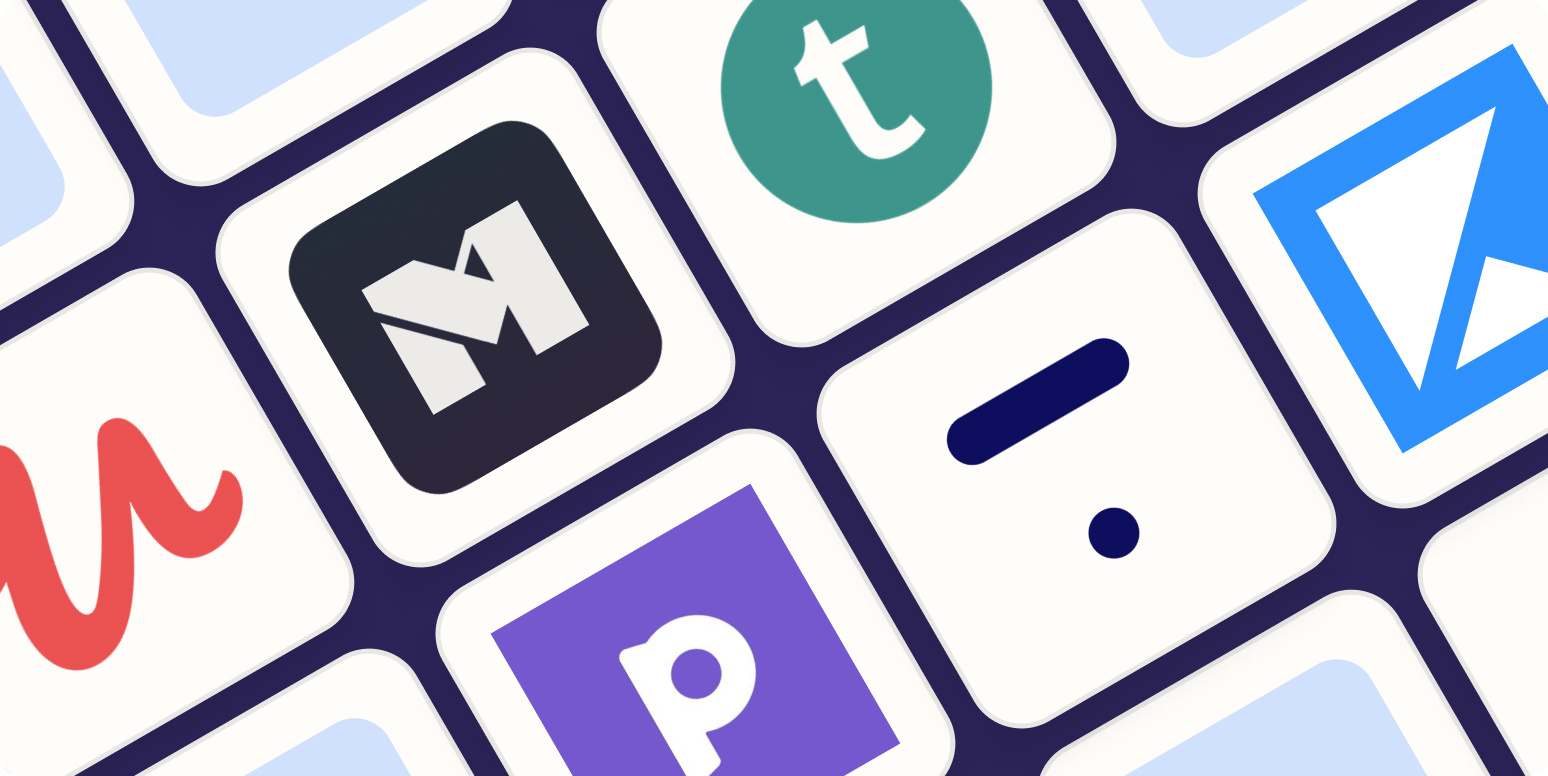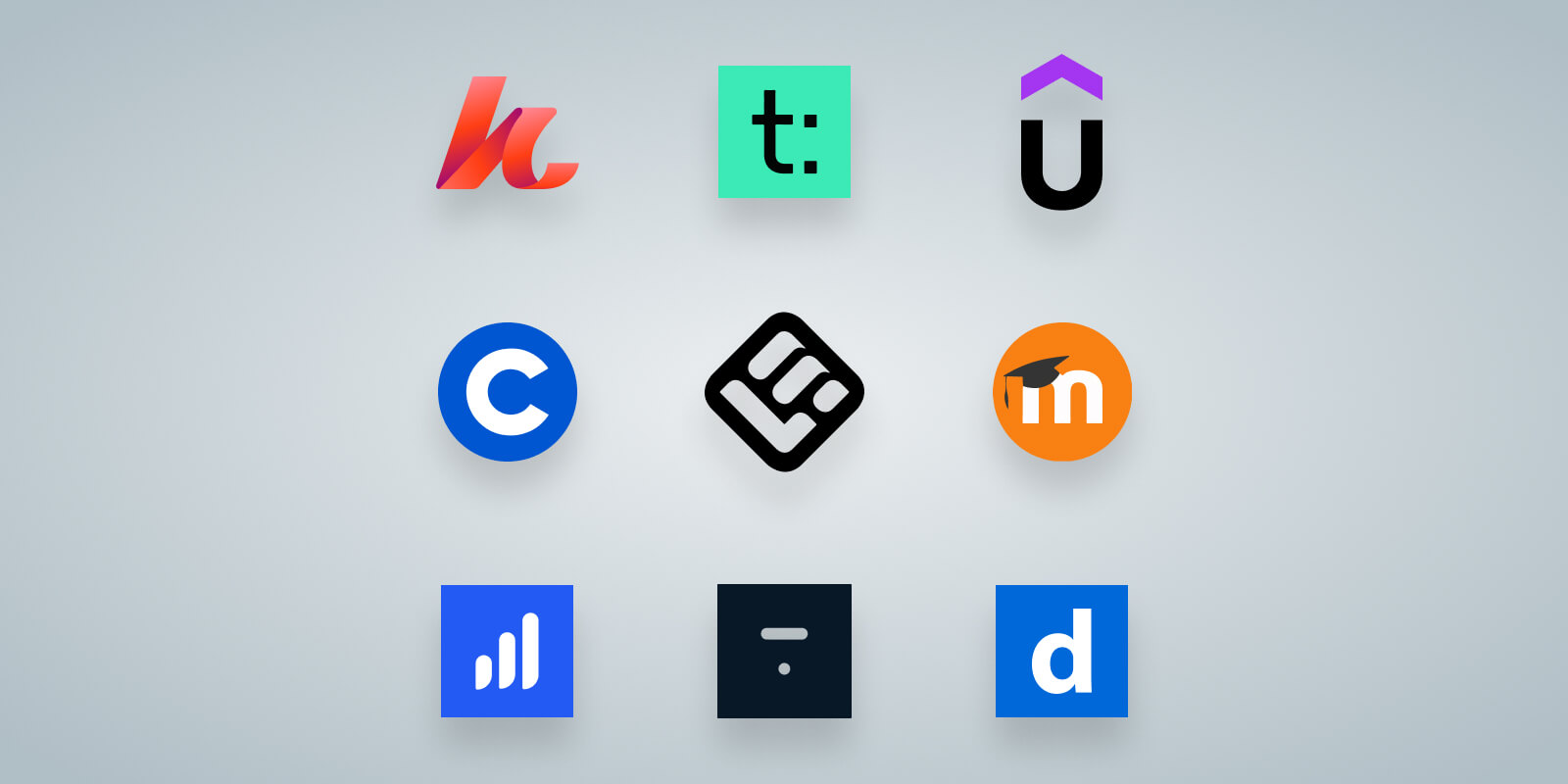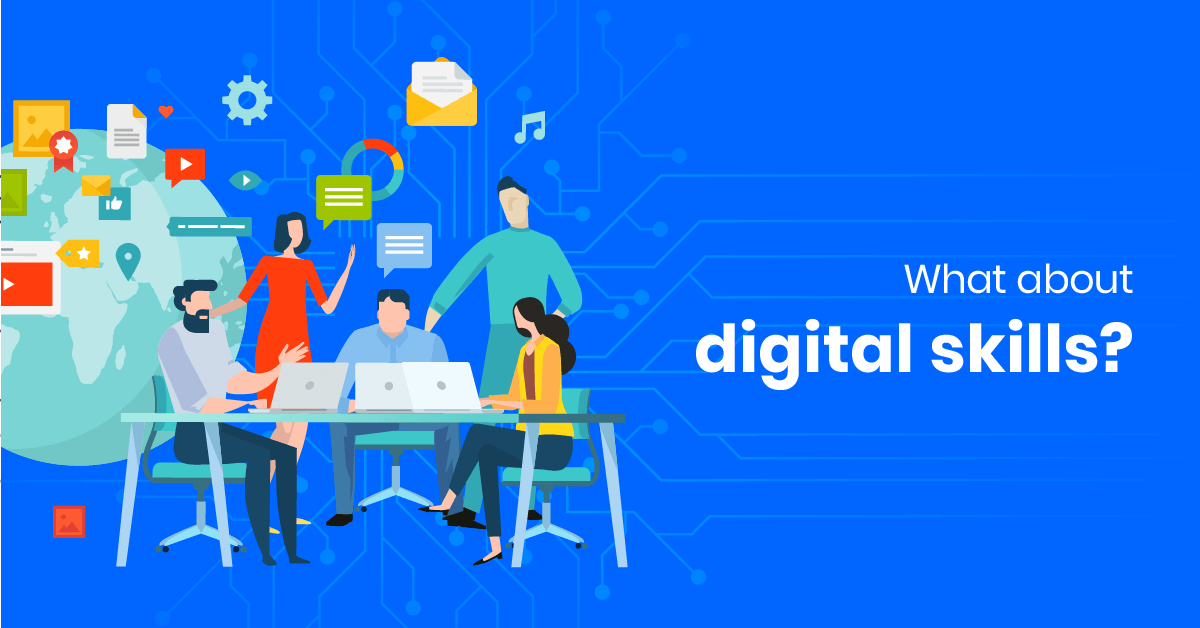Python has become one of the most popular programming languages in the world, and for good reason. Its simple syntax, powerful capabilities, and versatile applications make it an ideal choice for beginners and experienced developers alike. Whether you're interested in web development, data science, artificial intelligence, or automation, Python provides the tools you need to bring your ideas to life.
Why Choose Python?
Python's philosophy emphasizes code readability and simplicity, making it easier to learn and maintain than many other programming languages. Its extensive library ecosystem and active community support make it a practical choice for real-world projects.
What is Python Programming?
Python is a high-level, interpreted programming language created by Guido van Rossum and first released in 1991. Named after the British comedy group Monty Python, this language was designed with a focus on code readability and simplicity. Python's syntax allows programmers to express concepts in fewer lines of code compared to languages like C++ or Java.
The language supports multiple programming paradigms, including procedural, object-oriented, and functional programming. This flexibility makes Python suitable for a wide range of applications, from simple scripts to complex enterprise applications.
Key Features of Python
- Easy to Learn and Use: Python's syntax is designed to be intuitive and mirrors natural language
- Interpreted Language: No need to compile code before execution
- Cross-Platform: Runs on Windows, macOS, Linux, and other operating systems
- Extensive Libraries: Vast collection of pre-built modules and packages
- Community Support: Large, active community providing resources and assistance
- Versatile Applications: Used in web development, data science, AI, automation, and more
Setting Up Your Python Environment
Before you can start programming in Python, you need to set up your development environment. Here's a step-by-step guide to get you started:
Installing Python
The first step is to install Python on your computer. Visit the official Python website (python.org) and download the latest version for your operating system. Python 3.x is the current version and is recommended for all new projects.
Check Python Installation
# Check if Python is installed (run in terminal/command prompt)
python --version
# or
python3 --versionChoosing a Code Editor
While you can write Python code in any text editor, using a dedicated code editor or Integrated Development Environment (IDE) will significantly improve your productivity. Here are some popular options:
- Visual Studio Code: Free, lightweight, with excellent Python support
- PyCharm: Professional IDE specifically designed for Python development
- Jupyter Notebook: Interactive environment perfect for data science and learning
- Sublime Text: Fast, customizable text editor with Python plugins
Python Basics: Your First Steps
Let's start with the fundamental concepts of Python programming. Understanding these basics will provide a solid foundation for your programming journey.
Variables and Data Types
In Python, variables are used to store data. Unlike some other programming languages, you don't need to declare the type of a variable explicitly. Python automatically determines the data type based on the value assigned.
Basic Data Types
# Variables and basic data types
name = "John Doe" # String
age = 25 # Integer
height = 5.9 # Float
is_student = True # Boolean
# Print variables
print(f"Name: {name}")
print(f"Age: {age}")
print(f"Height: {height}")
print(f"Is Student: {is_student}")Basic Operations
Python supports various mathematical and logical operations that you can perform on different data types:
Mathematical Operations
# Mathematical operations
a = 10
b = 3
addition = a + b # 13
subtraction = a - b # 7
multiplication = a * b # 30
division = a / b # 3.333...
floor_division = a // b # 3
modulus = a % b # 1
exponentiation = a ** b # 1000
# String operations
first_name = "John"
last_name = "Doe"
full_name = first_name + " " + last_name # "John Doe"Control Structures
Control structures allow you to control the flow of your program's execution. They include conditional statements and loops.
Conditional Statements
Conditional statements allow your program to make decisions based on certain conditions:
If-Elif-Else Statement
# If-elif-else statement
score = 85
if score >= 90:
grade = "A"
elif score >= 80:
grade = "B"
elif score >= 70:
grade = "C"
elif score >= 60:
grade = "D"
else:
grade = "F"
print(f"Your grade is: {grade}")Loops
Loops allow you to repeat code multiple times. Python provides two main types of loops:
For and While Loops
# For loop - iterate over a sequence
fruits = ["apple", "banana", "orange", "grape"]
for fruit in fruits:
print(f"I like {fruit}")
# For loop with range
for i in range(5):
print(f"Number: {i}")
# While loop - repeat while condition is true
count = 0
while count < 5:
print(f"Count: {count}")
count += 1Functions in Python
Functions are reusable blocks of code that perform specific tasks. They help organize your code and avoid repetition:
Function Definition and Usage
# Define a function
def greet(name, age=None):
"""
Greet a person with their name and optionally their age.
"""
if age:
return f"Hello, {name}! You are {age} years old."
else:
return f"Hello, {name}!"
# Call the function
message1 = greet("Alice")
message2 = greet("Bob", 30)
print(message1) # Hello, Alice!
print(message2) # Hello, Bob! You are 30 years old.Data Structures
Python provides several built-in data structures that help you organize and manipulate data efficiently:
Lists
Lists are ordered collections of items that can be modified (mutable):
Working with Lists
# Creating and manipulating lists
numbers = [1, 2, 3, 4, 5]
fruits = ["apple", "banana", "orange"]
# Adding items
fruits.append("grape")
fruits.insert(1, "kiwi")
# Accessing items
first_fruit = fruits[0]
last_fruit = fruits[-1]
# List comprehension
squares = [x**2 for x in range(1, 6)] # [1, 4, 9, 16, 25]Dictionaries
Dictionaries store key-value pairs and are perfect for representing structured data:
Dictionary Operations
# Creating and using dictionaries
student = {
"name": "Alice Johnson",
"age": 22,
"major": "Computer Science",
"gpa": 3.8
}
# Accessing values
name = student["name"]
age = student.get("age", 0) # Safe access with default value
# Adding/updating values
student["graduation_year"] = 2024
student["gpa"] = 3.9
# Iterating through dictionary
for key, value in student.items():
print(f"{key}: {value}")Object-Oriented Programming
Object-Oriented Programming (OOP) is a programming paradigm that organizes code into classes and objects. This approach helps create more modular and reusable code:
Class Definition and Usage
class Student:
"""A class to represent a student."""
def __init__(self, name, age, major):
"""Initialize a new student."""
self.name = name
self.age = age
self.major = major
self.courses = []
def add_course(self, course):
"""Add a course to the student's schedule."""
self.courses.append(course)
print(f"{course} added to {self.name}'s schedule.")
def get_info(self):
"""Return student information."""
return f"{self.name}, {self.age} years old, majoring in {self.major}"
# Creating and using objects
student1 = Student("John Doe", 20, "Computer Science")
student1.add_course("Python Programming")
student1.add_course("Data Structures")
print(student1.get_info())
print(f"Courses: {', '.join(student1.courses)}")Best Practices for Python Programming
Following best practices will help you write clean, maintainable, and efficient Python code:
Python Coding Standards (PEP 8)
- Use 4 spaces for indentation
- Keep lines under 79 characters
- Use descriptive variable and function names
- Add comments and docstrings to explain your code
- Follow naming conventions (snake_case for variables and functions)
Popular Python Libraries
One of Python's greatest strengths is its extensive ecosystem of libraries. Here are some popular ones you should know about:
Next Steps in Your Python Journey
Now that you have a solid foundation in Python programming, here are some suggestions for continuing your learning journey:
Practice Projects
- Build a calculator application
- Create a to-do list manager
- Develop a simple web scraper
- Build a basic web application with Flask
- Create data visualizations with Matplotlib
Advanced Topics to Explore
- Web development with Django or Flask
- Data science with NumPy, Pandas, and Scikit-learn
- Machine learning and artificial intelligence
- API development and integration
- Database programming with SQLAlchemy
- Testing with pytest
- Deployment and DevOps practices
Conclusion
Python is an excellent choice for beginners and experienced programmers alike. Its simple syntax, powerful capabilities, and extensive ecosystem make it suitable for a wide range of applications. By mastering the fundamentals covered in this guide, you'll have a solid foundation to build upon as you continue your programming journey.
Remember that becoming proficient in programming takes time and practice. Don't be discouraged if concepts don't click immediately – keep practicing, building projects, and learning from the vibrant Python community. The skills you develop will open doors to exciting opportunities in web development, data science, artificial intelligence, and many other fields.



